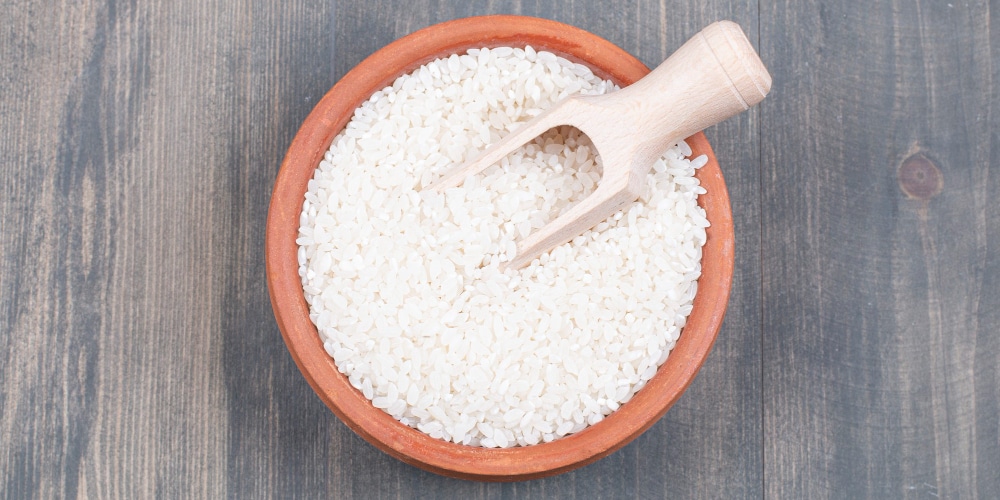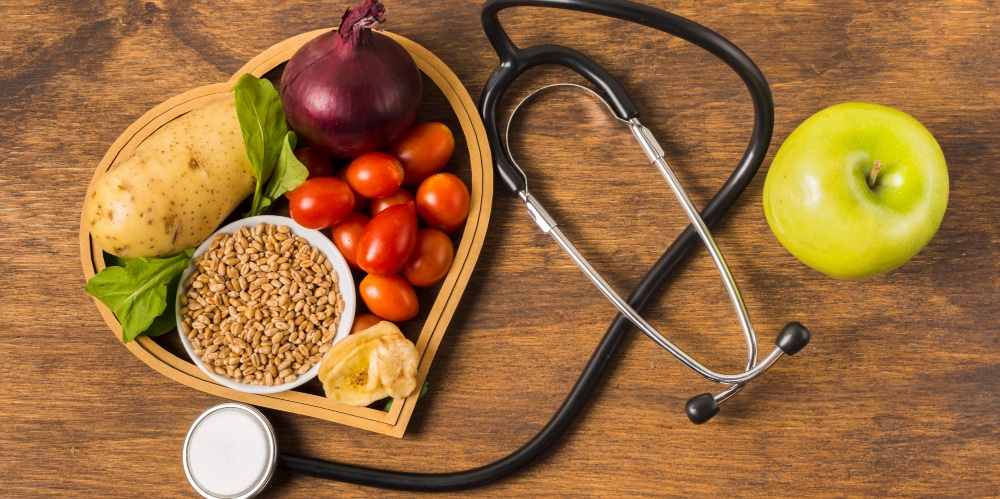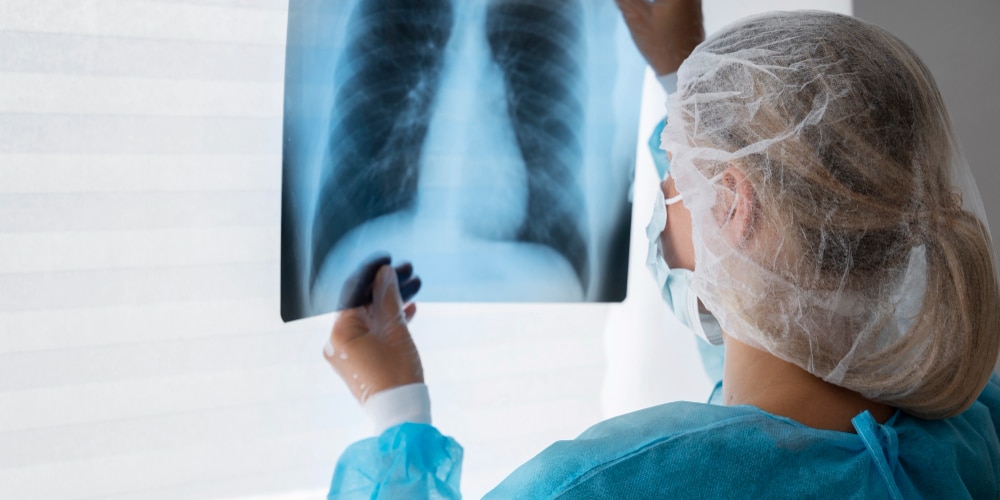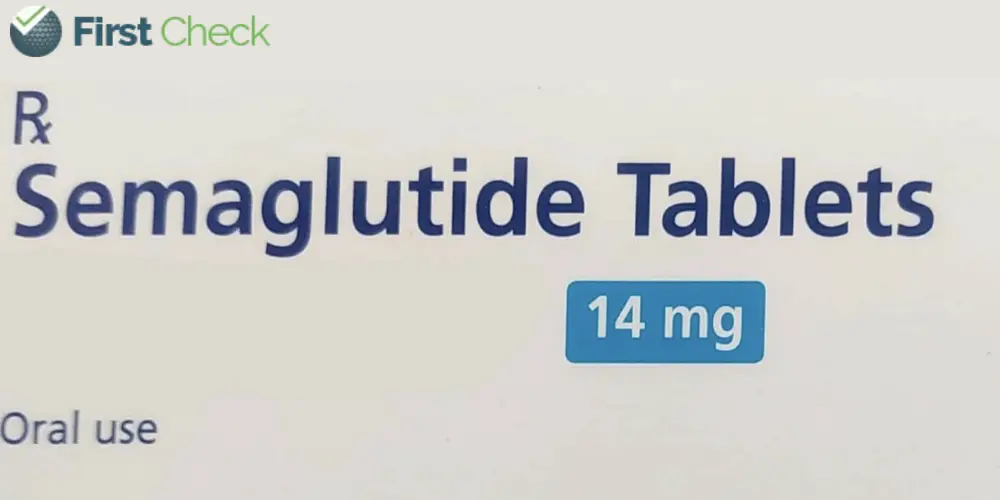Latest
Is your favourite canned drink a health hazard? What experts say about can contamination
Can drinking from cans expose you to significant health risks? Read on to know what experts think about drinking straight from a can
Author
Author
- admin / 2 months

- 0
- 5 min read
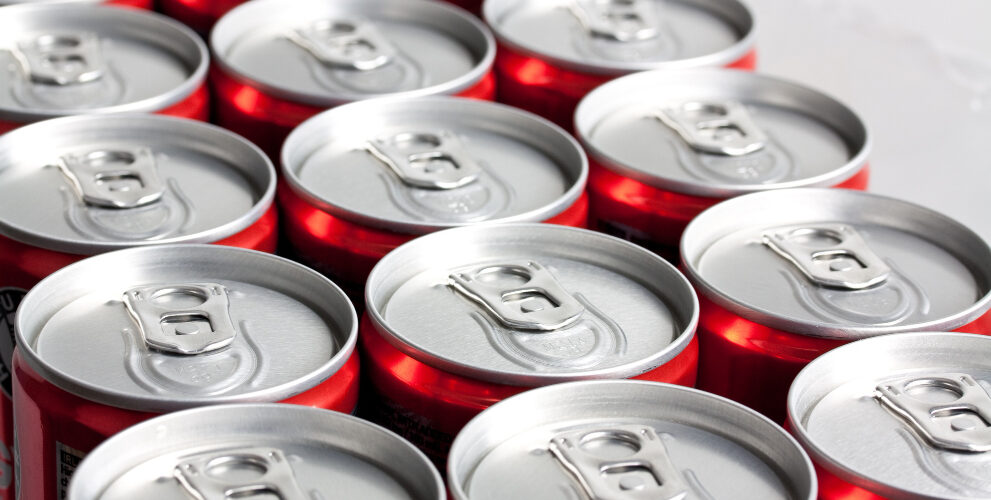
Author
You’ve probably cracked open a cold drink straight from a can on a hot day—that satisfying pssst sound, the fizz rushing up, and that first chilled sip hitting just right. It feels harmless, even refreshing. But what if that quick gulp is exposing you to more than just your favourite beverage?
Recently, a viral reel by Dr Manan Vora, an orthopaedic surgeon, has sparked this debate. In the video, he warns: “You should never drink straight from a can. These cans aren’t cleaned before packaging. They sit in warehouses, are handled during transport, and this area (top surface of the can) is often exposed to dust, dirt, and bacteria.”
Can drinking directly from a can cause health issues?
Several studies and reports have highlighted potential health concerns linked to the surfaces of canned beverages. A 2009 study found that the upper portion of canned beverages can be contaminated, warning that “the can’s top was crusted with rat urine…that’s really ‘hard’ on your health!” It noted that dried rat urine can cause leptospirosis, “commonly known as Weil’s syndrome,” which causes “enlargement of spleen, hepatic and renal failure or massive pulmonary hemorrhage.”
The study emphasised that “even the most modern superstores” may stock cans unsafely and concluded: “it becomes imperative to wash all the canned beverages before consuming them just as you wash your vegetables and fruits.”
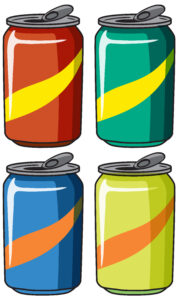
Over 15 years later, not much has changed. A study conducted in 2022 examined apparently clean, non-refrigerated cans collected from various shops and locations. The researchers found that all cans were contaminated with a variety of bacterial species. Isolated bacteria included Bacillus spp., Staphylococcus spp., Corynebacterium spp., Streptococcus spp., Escherichia spp., and Klebsiella spp., with S. aureus and E. coli specifically identified. The study noted that “the bacterial load present on the lids of cans mainly depends on the environment in which they are placed and also on the microbial flora of the human handling them.”
“According to Centers for Disease Control and Prevention (CDC) depending upon the type of strain, ingestion of E. coli can cause wide range of symptoms including bloody diarrhea, fever and vomiting. Drinking directly from the beverage cans contaminated with E. coli can cause serious infection,” the study notes.
The researchers concluded: “Beverage cans are exposed to different environmental contaminations including handling by different people and are thus loaded with different types of microorganisms which can be a potential source of infection for the consumers. It is therefore highly recommended that lids of beverage cans should be cleaned before directly applying mouth to them for drinking.”
Apart from microbial contamination, a 2024 research paper investigated the influence of beverage packaging materials on the presence of endocrine-disrupting chemicals (EDCs) in plastic, glass, carton, aluminium, and tin canned non-alcoholic beverages. The study found that “factors relating to the occurrence of 105 EDCs in 162 non-alcoholic beverages packaged in plastic, glass, carton, aluminium and tin were investigated in this study. The results demonstrated that metal-based beverage containers play a crucial role in the release of EDCs into packaged water/drinks during contact. Elevated levels of BPA in canned beverages compared to glass and plastic products of the same brand and packaging manufacturer indicate its potential for leaching and contamination.”
What experts think:
Dr Gita Prakash, an Internal Medicine Specialist based in Delhi, echoed these findings and emphasised that drinking directly from cans can be risky. She explained, “You don’t know how long the can has been sitting in the shop or what kind of environment it was stored in. There could be dust, germs, or other contaminants on the surface, so you should never drink straight from the can.”
She also highlighted possible chemical concerns, saying, “Also, we don’t know how, you know, if any of the metal may react with you. So, you should always pour it out into a clean glass and only then can you drink whatever you’re drinking. Even if you clean the can, drinking from a glass at home is safer because it’s hygienic.”
Dr Prakash also cautioned against using ice from outside sources as well: “You must never use ice from shops because you don’t know where it came from or how clean the hands handling it were.”
Importantly, she clarified the contamination risk when transferring drinks: “Even pouring a beverage from a contaminated can into a glass can transfer harmful bacteria or germs. That’s why it’s crucial to clean the top of the can thoroughly before pouring it into your glass.”
Also read: Are your favourite sugary drinks secretly causing hair loss?
